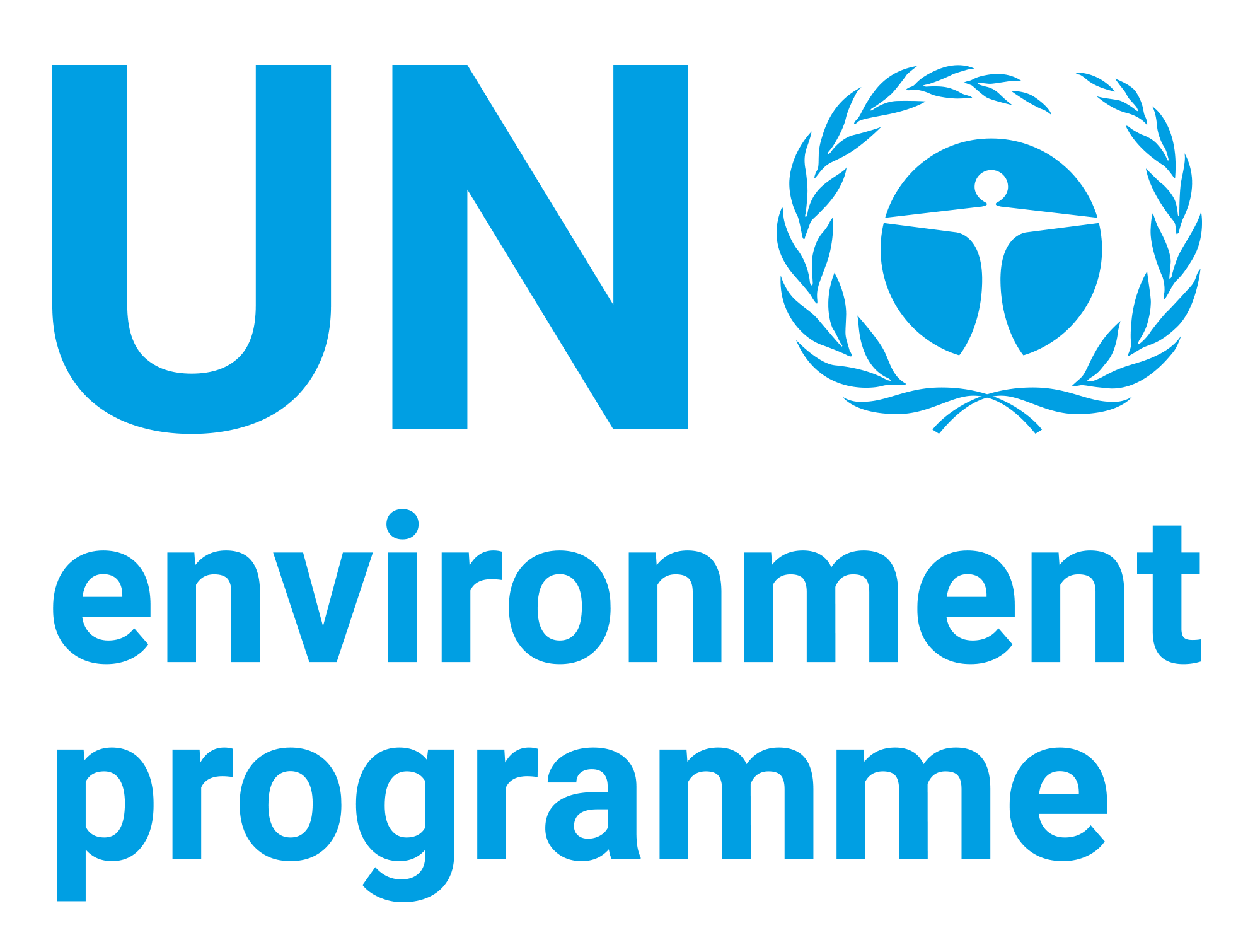| dc.contributor | Africa Office | en_US |
| dc.contributor.author | United Nations Environment Programme | en_US |
| dc.contributor.author | United Nations Development Programme | en_US |
| dc.coverage.spatial | United Republic of Tanzania | en_US |
| dc.date.accessioned | 2019-06-04T21:55:23Z | |
| dc.date.available | 2019-06-04T21:55:23Z | |
| dc.date.issued | 2018 | |
| dc.identifier.uri | https://wedocs.unep.org/20.500.11822/28404 | |
| dc.description | Agriculture employs 67% of Tanzania's workers and accounts for about 23% of the country's gross domestic product. An elimination of the gender gap in agricultural productivity in Tanzania would increase agricultural production by 30%, raise the GDP by USD 105 million and lift 80,000 people out of poverty each year over a 10-year period. | en_US |
| dc.format | Text | en_US |
| dc.language | English | en_US |
| dc.relation | The Cost of the Gender Gap in Agricultural Productivity: Five African Countries | en_US |
| dc.relation.ispartof | Poverty-Environment Initiative (PEI) | en_US |
| dc.rights | Public | en_US |
| dc.subject | agricultural productivity | en_US |
| dc.subject | gender discrimination | en_US |
| dc.subject | gender role | en_US |
| dc.subject | United Republic of Tanzania | en_US |
| dc.title | Factors Driving the Gender Gap in Agricultural Activity: Tanzania | en_US |


